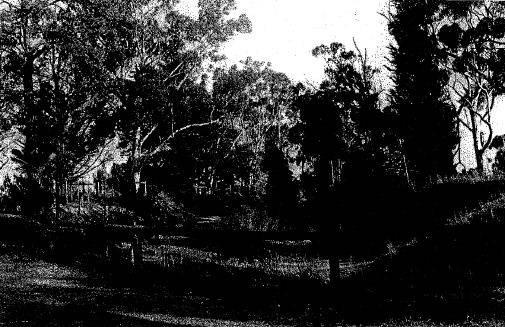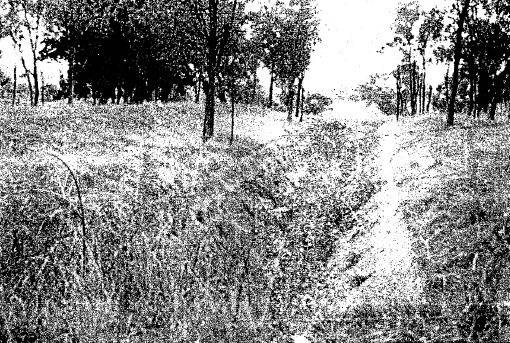| Back to search results » | Back to search page » |
|
Maroondah Aqueduct pipe track and planting
Location23 Grevillea Close off Allendale Road (east of Ryan's Road) DIAMOND CREEK and Collendia Crescent GREENSBOROUGH, NILLUMBIK SHIRE, BANYULE CITY LevelIncluded in Heritage Overlay |
|
Statement of Significance
REVISED STATEMENT OF SIGNIFICANCE, CONTEXT, 2010 What is significant?
How is it significant?
Why is it significant? BUTLER STUDY, 2001 'The Maroondah Aqueduct, officially opened in 1891 and enlarged in the 1920s, has cultural significance as a major engineering structure which played an important part in the development of Melbourne's water supply system. Domestic water supply aqueducts of any size are (very) rare in Victoria. The size and nature of the Maroondah Aqueduct, (which includes/included 14 inverted syphons (sic) and twelve tunnels, three tunnels being each around 1.6 Km. in length), reflects Melbourne's growth during the late 19th century, as well as the program of major public works undertaken then, which included the first sewerage system.' "The Kangaroo Ground section remains in use, while elsewhere a pipeline has supplanted it, with disused sections of the aqueduct surviving. The Coliban Aqueduct (constructed in the 1860s, 1870s and concrete lined from 1936- ) is Victoria's most important in date and length. 'Apparently original or early planting, these Monterey Pine trees have been planted along the Maroondah Aqueduct to stabilize its embankments and surroundings. An integral part of the Aqueduct throughout its history, these trees are also significant components of the cultural landscape.' { Bick: 416} 'These trees are important collectively, rather than individually, for their use in conjunction with the Aqueduct and the landscape value of the whole.' { ibid.},
The c1885-c1891 Maroondah Aqueduct, as enlarged in the 1920s, and the surrounding area to the title boundaries. The Kangaroo Ground sections of the aqueduct were still in use in 1992, while elsewhere a pipeline had supplanted it, with disused sections of the aqueduct surviving.
The aqueduct is historically and technically significant to the Shire of Nillumbik and potentially to the State of Victoria.
The aqueduct is historically and technically significant because it illustrates the design and construction of a late nineteenth century aqueduct in hilly terrain, was a major engineering work, part of the development of Melbourne's water supply and a reflection of the City's growing population (Criteria A & F).
The aqueduct:
However the Maroondah Aqueduct' illustrates the design and construction of a late nineteenth century aqueduct in hilly terrain, resulting in some 40% of its 65.9 Km. length originally being tunnels or inverse syphons (sic)' {Bick: 406}.
The Monterey pines & other mature exotic plantings:
Group
Parks, Gardens and Trees
Category
Tree groups - avenue






